Third-level modules

By presenting some real cases of cyber scams, we want to promote awareness of how concrete the danger can be. We will also mention some best practices that would have prevented people falling victim to the scam.

Interactions between cyber techniques and more traditional ones like call ranking are known as combined attacks. The latter are particularly devious because they tend to undermine the distrust some individuals develop for digital communications and push the victim into making a mistake.
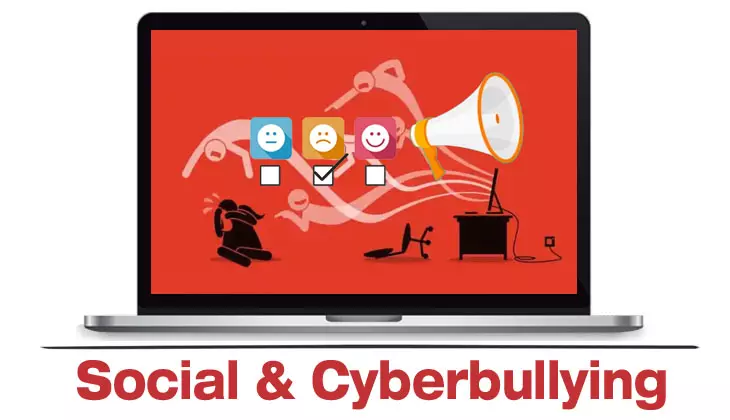
This issue, which seems to concern strictly the personal sphere with a social and cultural character, may also have repercussions on security and lead to legal or image damage for your organisation.

The use of digital technologies, the web and social media comes at a price in terms of loss of privacy. An informed attitude in this regard enables us to enjoy a balanced relationship with innovation without sacrificing too much confidentiality.
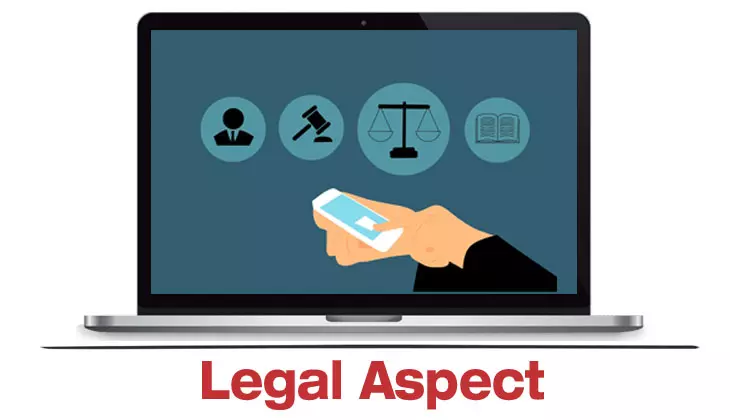
Copyright infringement, non-compliance with regulations, unlawful use of software and defamation are just some examples of the legal aspects related to uninformed use of digital technologies and the risks of committing crimes, with a negative impact on people and the organisation.
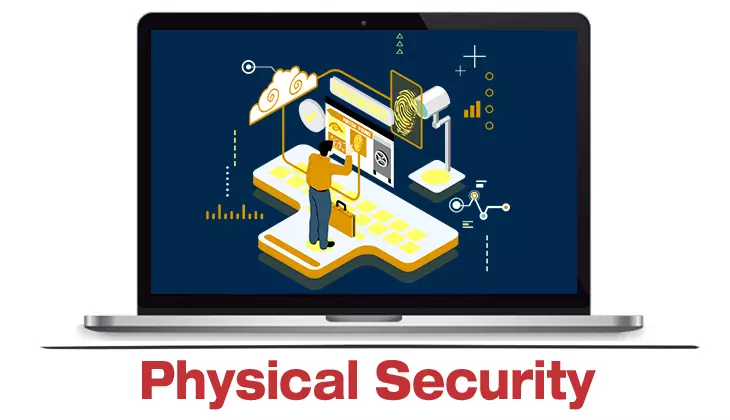
Physical security also helps ensure the protection of individuals and organisations by preventing unauthorised access to premises, resources or information. Although physical security within organisations is governed by specific regulations, there are general rules and best practices to reduce risks.

The risks increase, as does the extent of potential harm, when an activity is directly linked to a flow of money as in the case of e-commerce. We address the issue by considering the various types of e-commerce, from B2C to B2B, with the greatest impact on the organisation.

Our cyber vulnerability always increases in situations such as organising holidays and business trips. We address the issue by aiming to cover the entire event cycle, from planning to returning home or to the office, and taking a good look at all the risks involved in each phase.
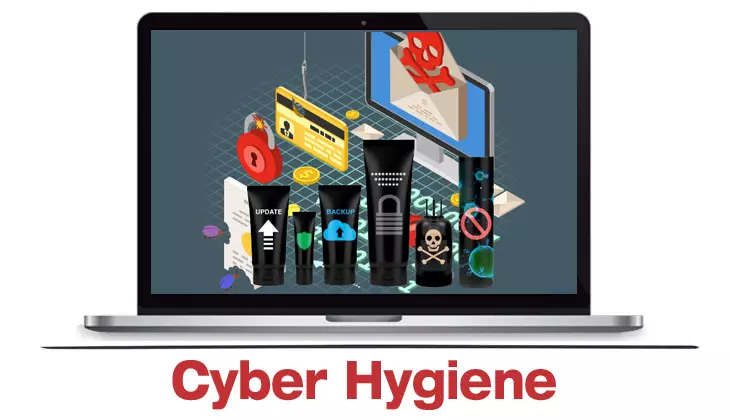
Keeping devices in a proper state of hygiene helps to achieve greater productivity, but above all reduces information security risks. A set of best practices on how to maintain proper hygiene of our devices and data.

The right data backup and recovery strategy protects us from the risk of suffering damage in the event of a cyber attack. It is a defence weapon that prevents our device from being held to ransom or losing important data in the face of a trivial technological incident.

We talk again about Social Engineering, starting with some examples taken from reality. This provides additional elements of awareness about Cyber Crime techniques, neatly summarising elements already covered in the third-level modules.
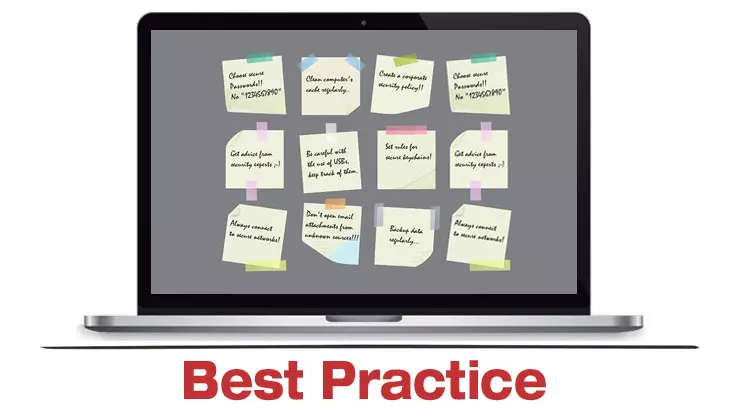

Want to know more?

